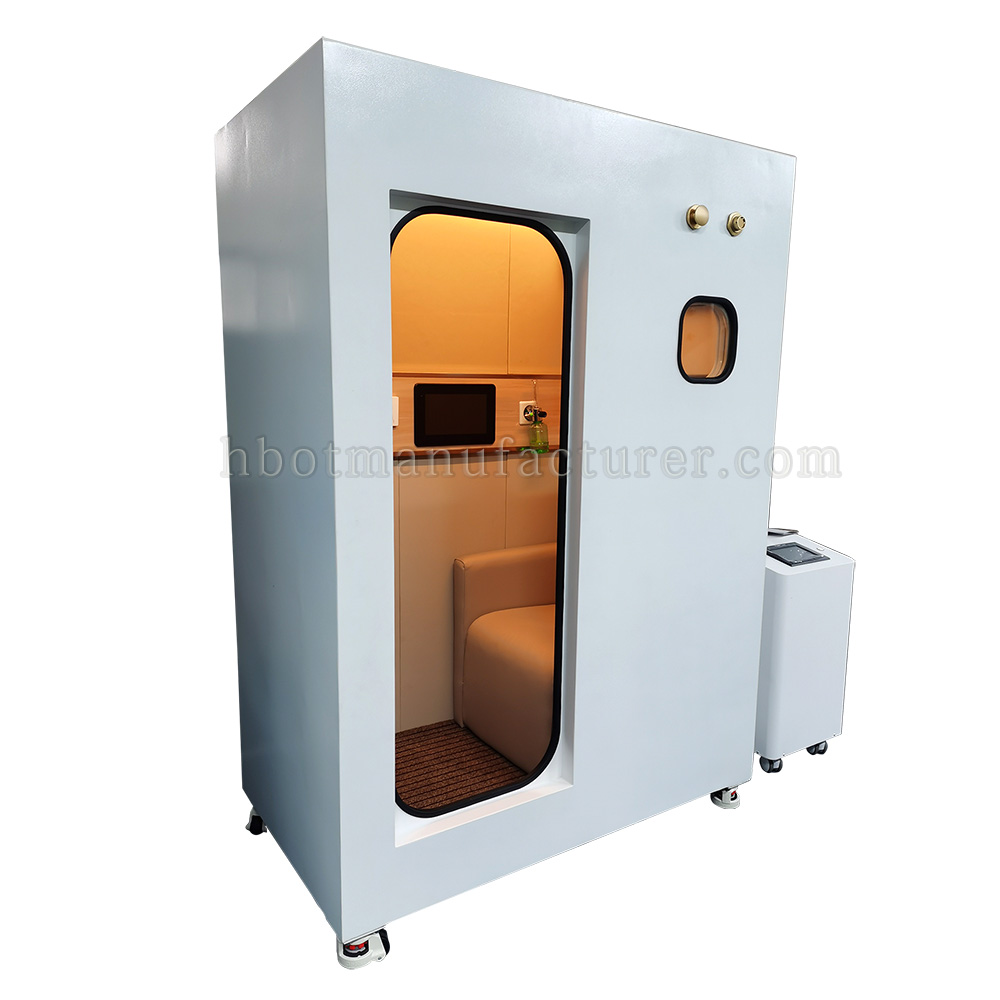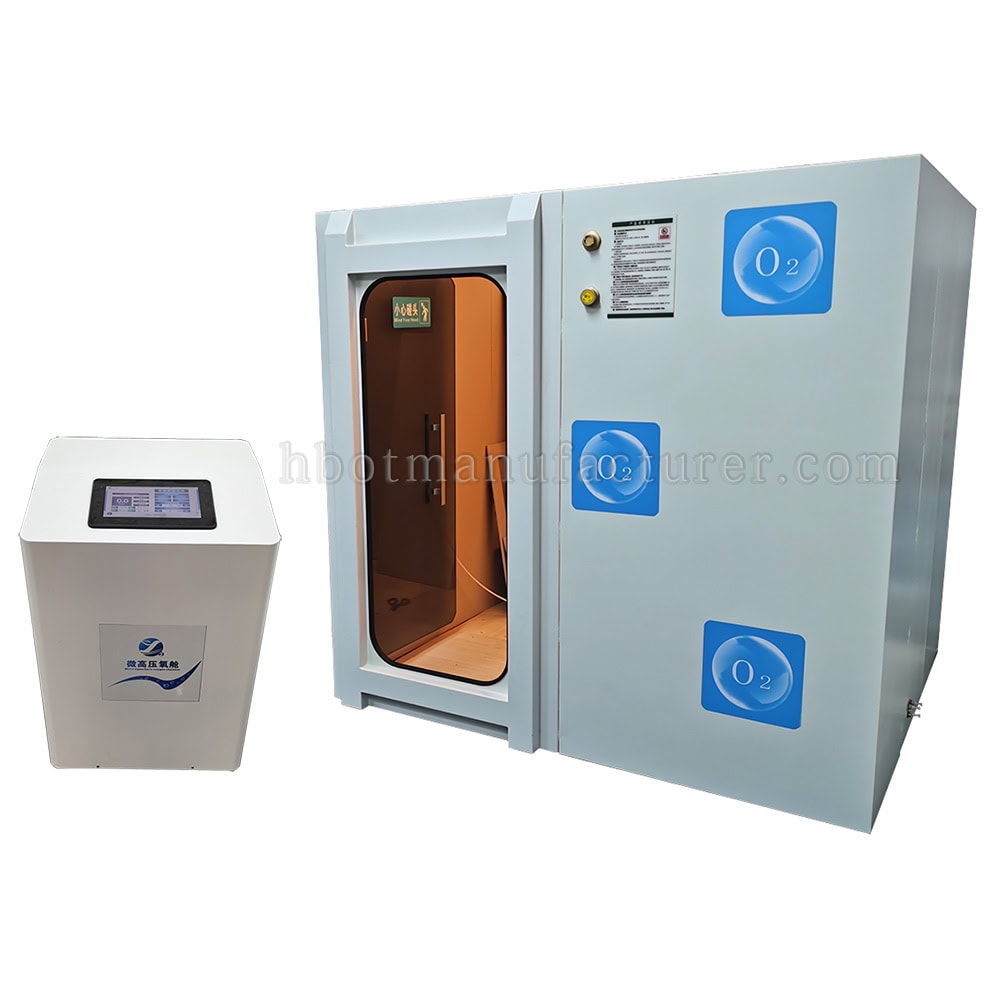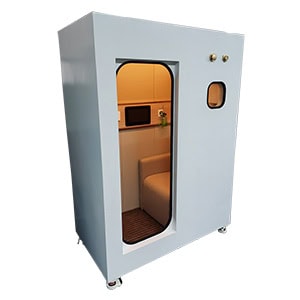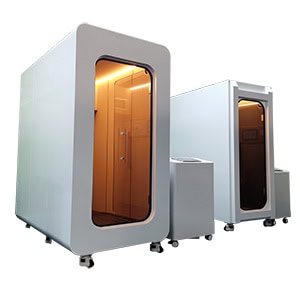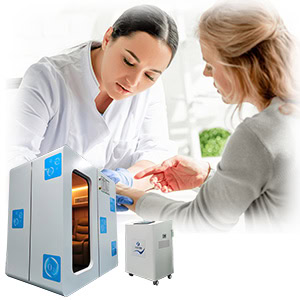How Long is a Hyperbaric Oxygen Therapy Session
Introduction
The length of a hyperbaric oxygen therapy (HBOT) session is carefully determined by the healthcare provider, taking into account the patient’s specific condition, age, and overall health. This personalized approach ensures that each session is tailored to maximize therapeutic benefits while minimizing potential risks. Factors such as the severity of the condition being treated, the patient’s medical history, and their overall physical fitness play crucial roles in shaping the treatment plan. Additionally, the healthcare provider will evaluate potential side effects and adjust the duration of the session accordingly, ensuring that the therapy remains both effective and safe for the patient. This comprehensive assessment helps in delivering optimal care, providing the necessary oxygenation to tissues, and promoting healing and recovery.
Time for a Hyperbaric Oxygen Therapy Session
The duration of an HBOT session varies significantly depending on the specific medical condition being treated and the patient’s response to the therapy. For instance, acute conditions like carbon monoxide poisoning or decompression sickness might require longer sessions to ensure sufficient oxygen saturation in the tissues. On the other hand, chronic conditions such as non-healing wounds or radiation tissue damage may benefit from shorter, more frequent sessions. Sessions can last anywhere from 30 minutes to 300 minutes (5 hours), tailored to meet the therapeutic needs of the patient. The flexibility in session duration allows healthcare providers to fine-tune the treatment protocol to achieve the best possible outcomes, taking into consideration the body’s response and the progression of healing. This adaptability is crucial for addressing the diverse range of conditions that HBOT can treat, from acute emergencies to long-term therapeutic interventions.
Total Sessions Per Week
HBOT sessions are generally scheduled either once a week or five days a week, depending on the patient’s specific treatment needs and the severity of the condition. For some acute conditions, daily sessions over a few weeks may be necessary to achieve rapid improvement. In contrast, chronic conditions might require a more prolonged treatment schedule, with sessions spread out over several months. The total number of sessions can potentially reach 30 or more, depending on the patient’s treatment plan and response to the therapy. This structured approach ensures that the patient receives consistent and adequate exposure to hyperbaric oxygen, which is essential for promoting tissue repair and regeneration. Regular monitoring and adjustments to the treatment schedule based on the patient’s progress help in optimizing the therapeutic benefits while minimizing any potential risks associated with prolonged exposure to high-pressure environments.
Individualized Treatment Plans
Each HBOT treatment plan is uniquely customized to fit the individual needs of the patient. Factors such as the severity of the condition, previous medical history, and the body’s response to initial treatments are considered. This personalized approach ensures that the therapy is both safe and effective, optimizing the healing process and enhancing the overall therapeutic outcome. For example, patients with diabetic foot ulcers might require a different treatment protocol compared to those with radiation-induced tissue damage. The individualized plans also take into account the patient’s lifestyle and any other concurrent treatments they might be undergoing. This holistic approach ensures that HBOT is integrated seamlessly into the patient’s overall healthcare regimen, maximizing its benefits and promoting a more comprehensive healing process.
Monitoring and Adjustments
Throughout the HBOT regimen, patients are closely monitored for any signs of adverse effects or complications. Healthcare providers may adjust the frequency, duration, or pressure settings of the sessions based on the patient’s progress and reactions. Continuous monitoring and adjustments help in minimizing potential risks and maximizing the benefits of the therapy. For instance, if a patient experiences discomfort or mild side effects such as ear pressure or sinus congestion, the provider can modify the pressure settings or session duration to alleviate these issues. Additionally, regular check-ups and follow-up assessments ensure that the treatment remains effective and that any necessary adjustments are made promptly. This proactive approach not only enhances the safety of HBOT but also ensures that patients receive the most effective treatment possible, tailored to their evolving needs and conditions.
Benefits and Outcomes
Patients undergoing HBOT often experience a range of benefits, including faster wound healing, reduced inflammation, and improved circulation. These positive outcomes contribute to the overall efficacy of the treatment. Studies have shown that regular sessions can significantly improve recovery times for various conditions, from chronic wounds to neurological disorders, making HBOT a valuable component of comprehensive medical care. The increased oxygenation of tissues promotes angiogenesis (the formation of new blood vessels), which is crucial for healing damaged tissues and improving blood flow. Additionally, HBOT has been found to enhance the body’s natural immune response, aiding in the fight against infections and reducing the risk of complications. The therapeutic effects of HBOT extend beyond physical healing, as many patients report improvements in their overall quality of life, including better cognitive function and increased energy levels. These benefits highlight the multifaceted nature of HBOT, making it an invaluable treatment option for a wide range of medical conditions.
Conclusion
Hyperbaric oxygen therapy sessions are structured to maximize the time that the patient’s tissues are exposed to elevated oxygen levels while minimizing the risks associated with high-pressure environments. The goal is to achieve optimal therapeutic benefits safely and effectively. With individualized treatment plans, continuous monitoring, and the significant benefits observed, HBOT stands out as a vital and effective treatment option for a variety of medical conditions. The comprehensive and adaptable nature of HBOT ensures that patients receive the best possible care, tailored to their unique needs and conditions. As research and clinical practices continue to evolve, the applications and effectiveness of HBOT are likely to expand, offering new hope and improved outcomes for patients worldwide. The commitment to patient safety, combined with the potential for significant therapeutic benefits, underscores the importance of HBOT in modern medical practice, making it a cornerstone of innovative healthcare solutions.

